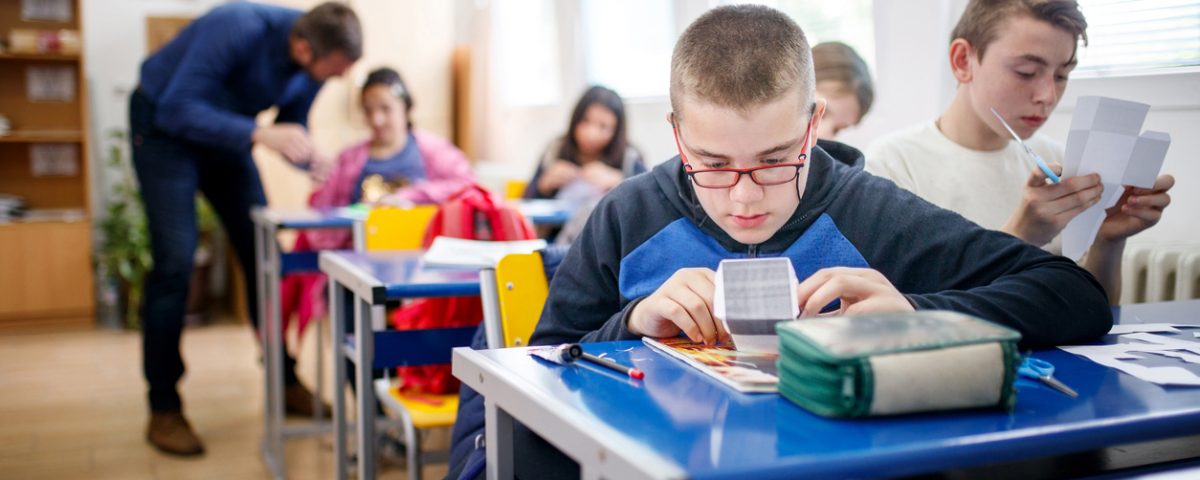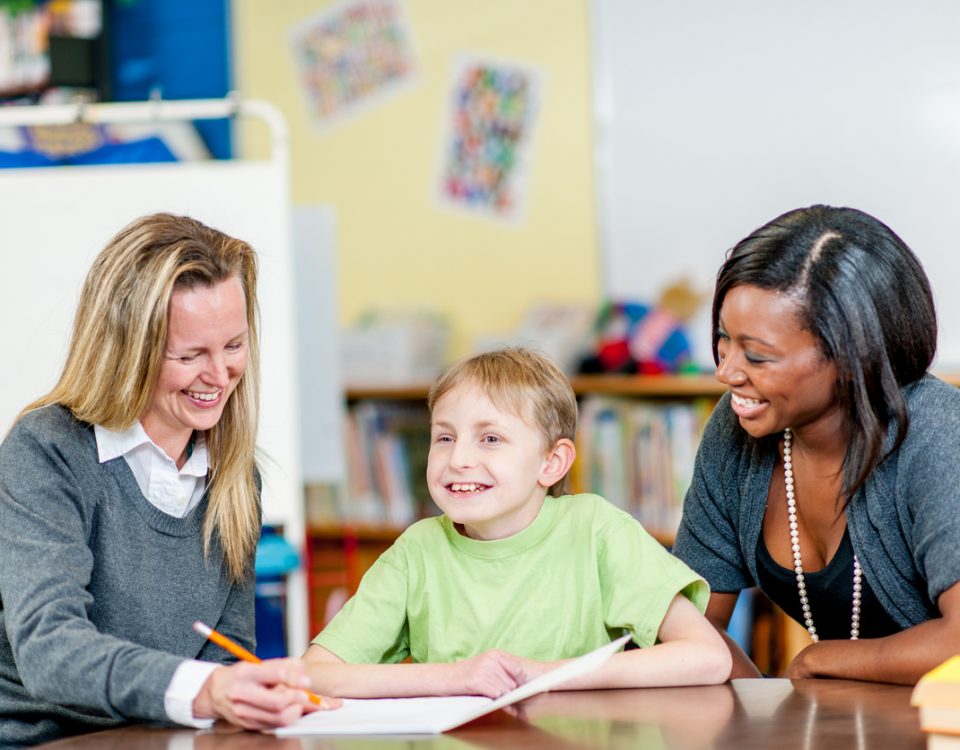Effective Special Education Teaching Strategies

Police Stress Management: 911 Dispatch Tips
December 21, 2020
Tips for First Year Special Education Teachers
January 4, 2021Effective Special Education Teaching Strategies
Special education programs provide a unique and much-needed service to physically or mentally challenged students. The ideal special education classroom provides quality care and instruction to students with disabilities of various types. However, students, teachers, parents, and administrators alike all try to cope with the ongoing COVID-19 pandemic to keep that same quality of instruction going.
Regardless of what’s going on in the world, the special education classroom’s purpose is to provide more concentrated, individualized attention to the students who need it the most. There can be a wide range of skill levels and abilities in any classroom setting, so how can teachers and assistants provide quality instruction and care?
Here are some essential strategies that special education programs can use to benefit every student.
Focus on Small Groups
Forming smaller groups inside the classroom, featuring two or three students, helps with personalizing the teaching while not giving up instruction time. In math class, one group could work on the lesson’s basics while students with a more advanced understanding of math can work on another project, for instance. Students can find support among each other in their groups and grow at the right pace for them.
Mix Basics with Specialties
Special education classrooms tend to have students with different learning and grade levels. Another way of instructing multiple levels is to teach general concepts to the entire group while pairing it with individual instruction. Reading comprehension strategies, organizing writing ideas, math basics, or even some scientific lessons are some examples of general concepts that instructors can teach to support what each student is learning in those areas.
Provide Different Levels of Materials
Since there are various proficiency levels in a classroom, teachers should ensure they have different levels of textbooks and other materials available for each subject. Having a wide range of levels ensures that each student can learn at the right level. This mitigates frustration and enhances confidence in students.
Classroom Centers
This is another effective way that students can group together and benefit from one another. Each classroom center specializes in one area of focus and is self-contained in instructions and lesson materials. Centers can allow the teacher to rotate among the different groups and provide appropriate guidance to students. These centers are great for the student, teacher, and parent involvement, helping to make learning a group effort and balance self-learning and teaching.
About PGUI
Professional Governmental Underwriters, Inc., is a full-service risk management company dedicated to assisting public, educational and non-profit entities in the management of their professional liability exposures including educators liability insurance. We are dedicated to providing state-of-the-art professional underwriting management and loss control advisory services on behalf of our designated carriers. For more information, call us toll-free at (800) 586-6502.


